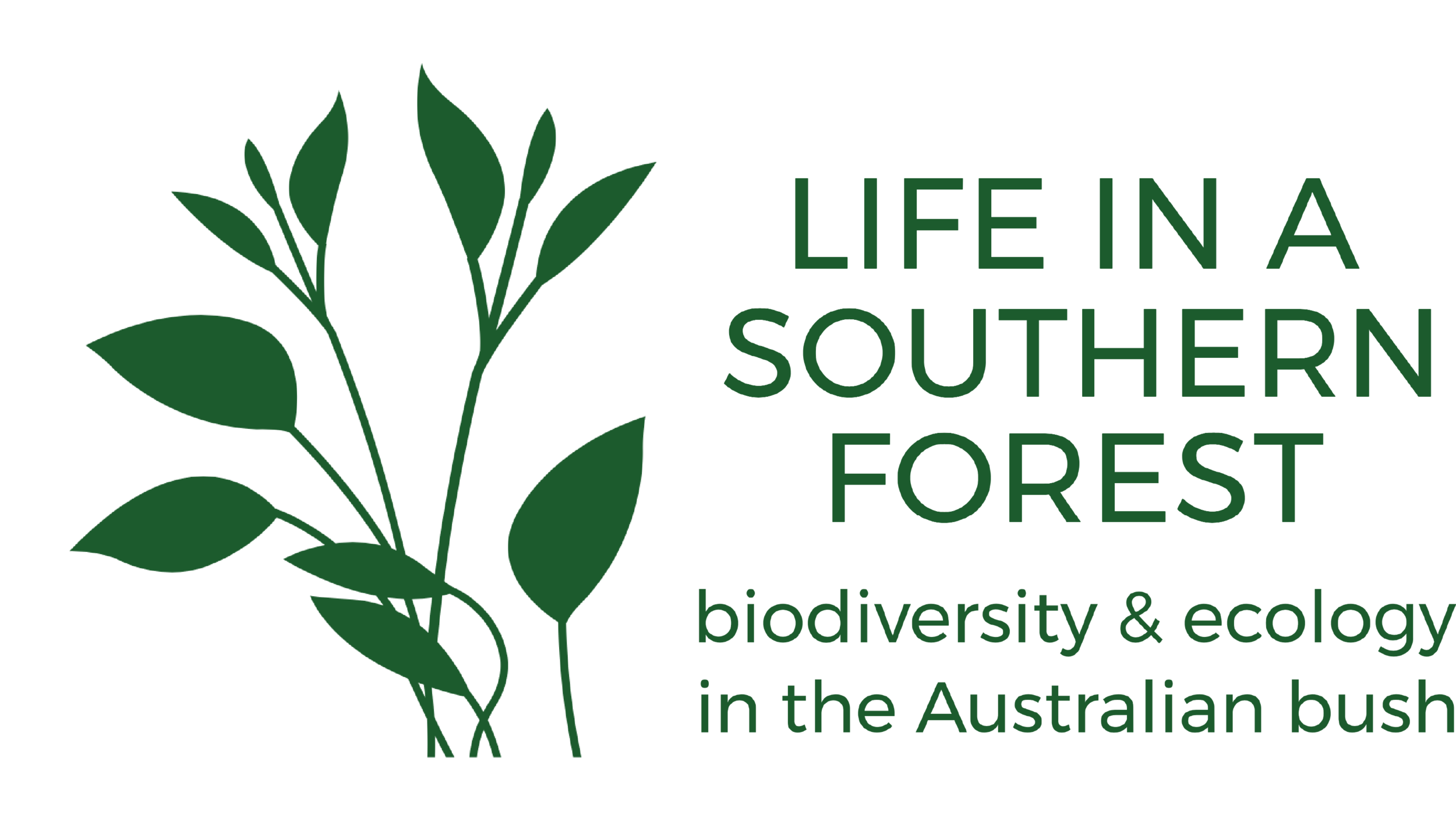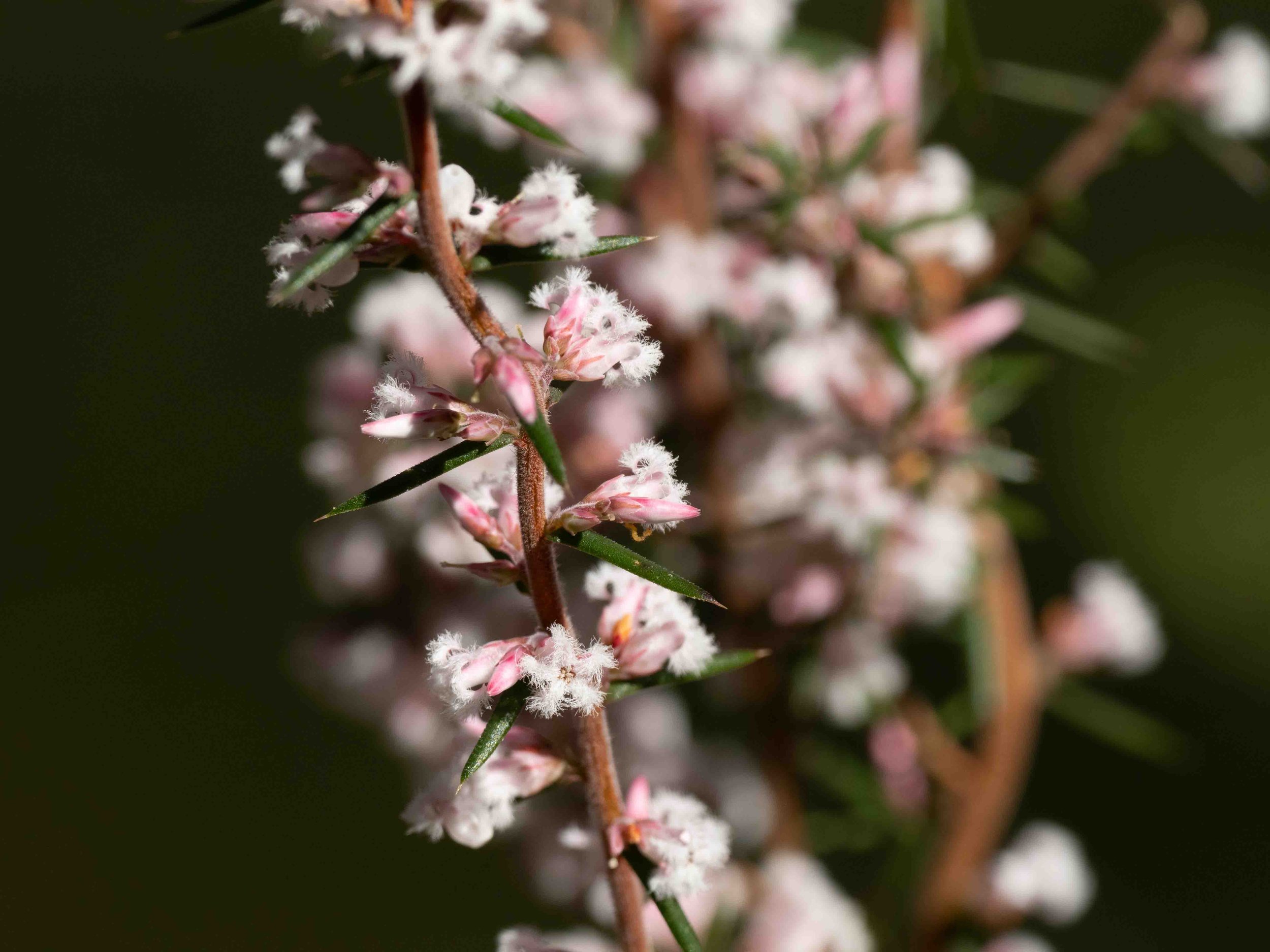
August's signature flower
The sudden profusion of these small, pinkish flowers is the hallmark of spring here in the forest.
Styphelia ericoides
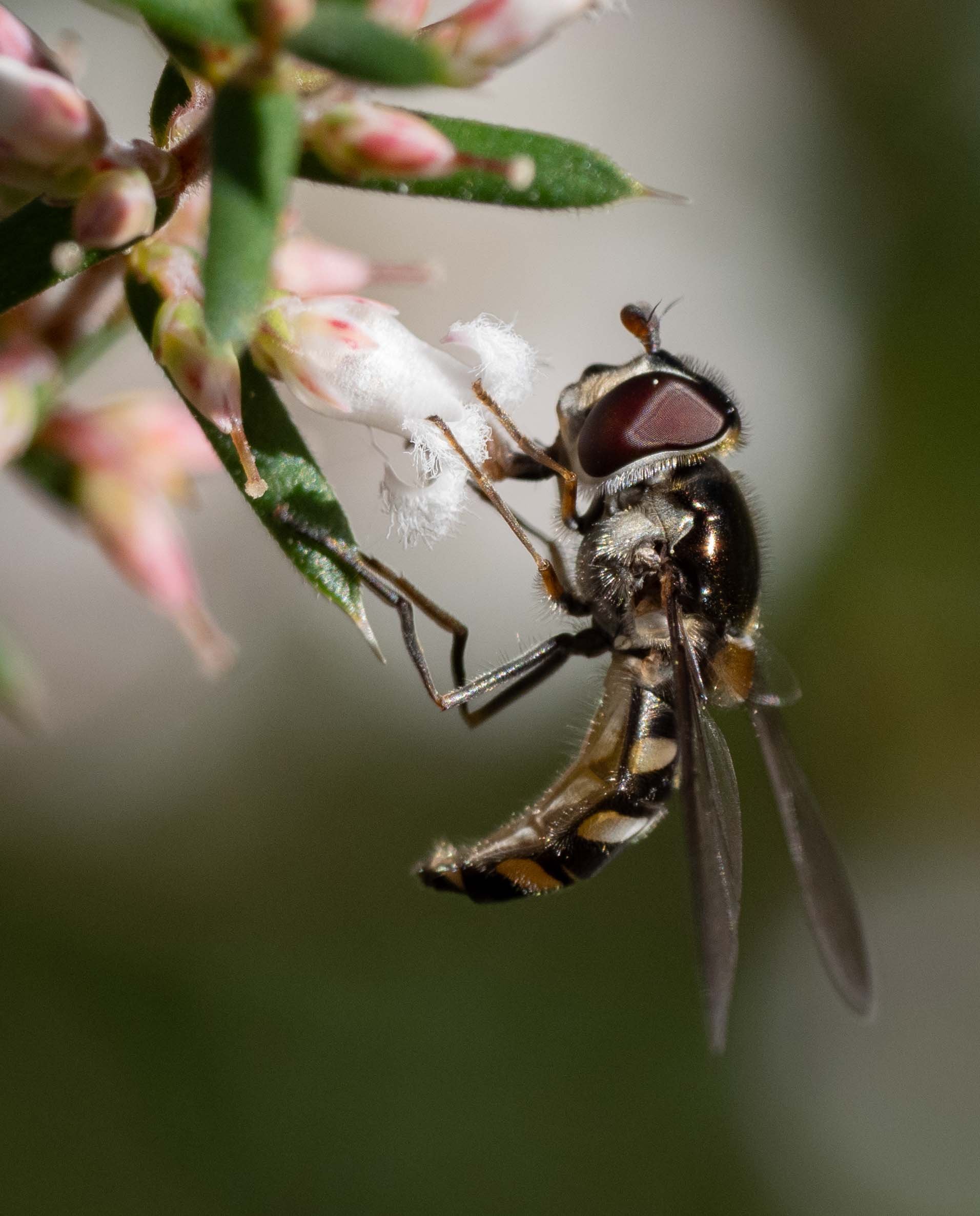
hoverflies – the most popular dipterans
The Syrphidae have been described as "the butterflies of the fly world" and "the most popular group of flies among insect photographers" (Marshall 2012). They certainly gain our attention, but perhaps no more so than their less colourful or less cooperative cousins.
Melangyna sp.
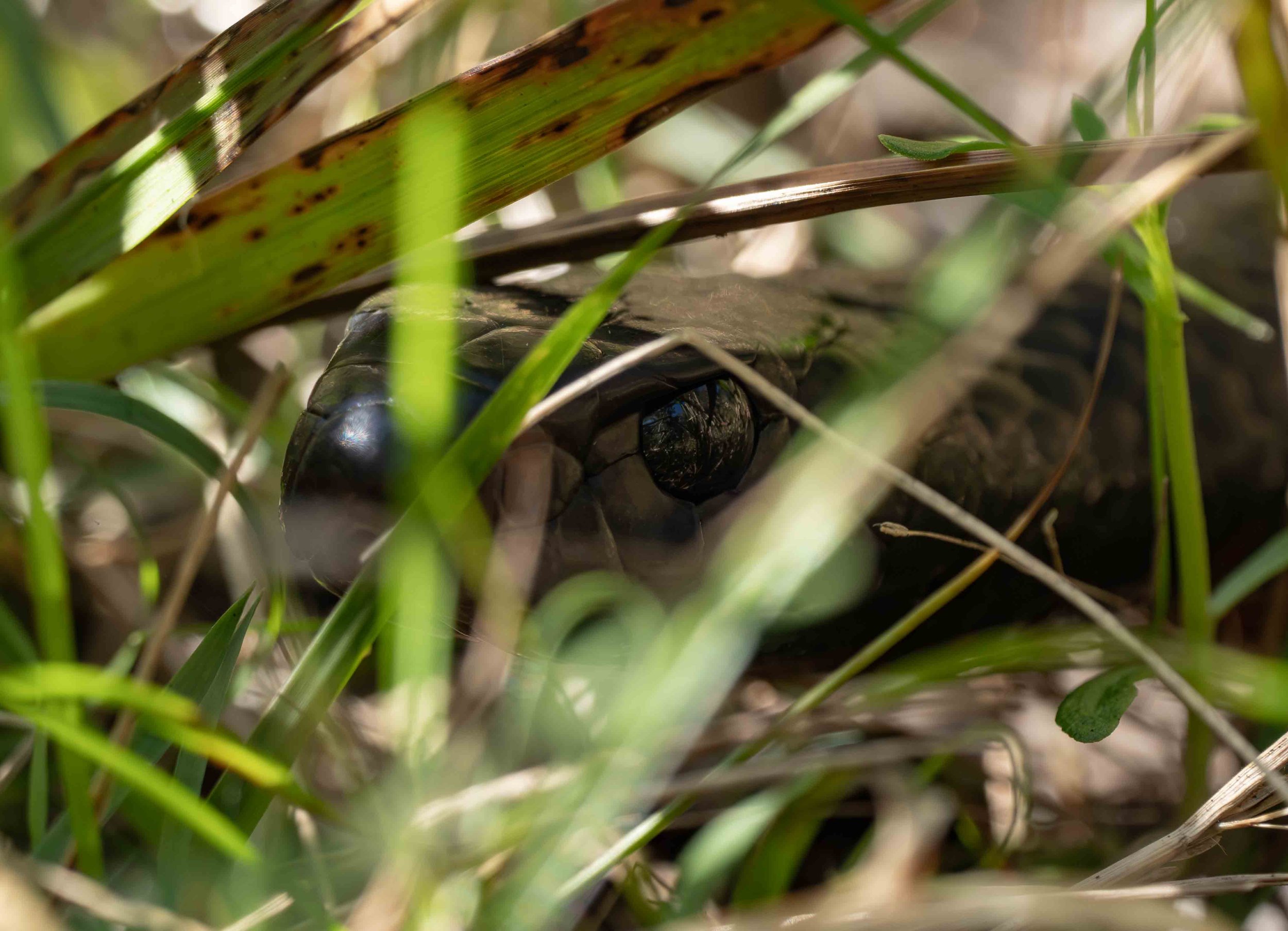
more reptilian eyes
My first snake sighting of spring ... a large, shiny Red-bellied Black Snake. Wary, but also reluctant to move away. Both of us.
Pseudechis porphyriacus (link to iNaturalist record)
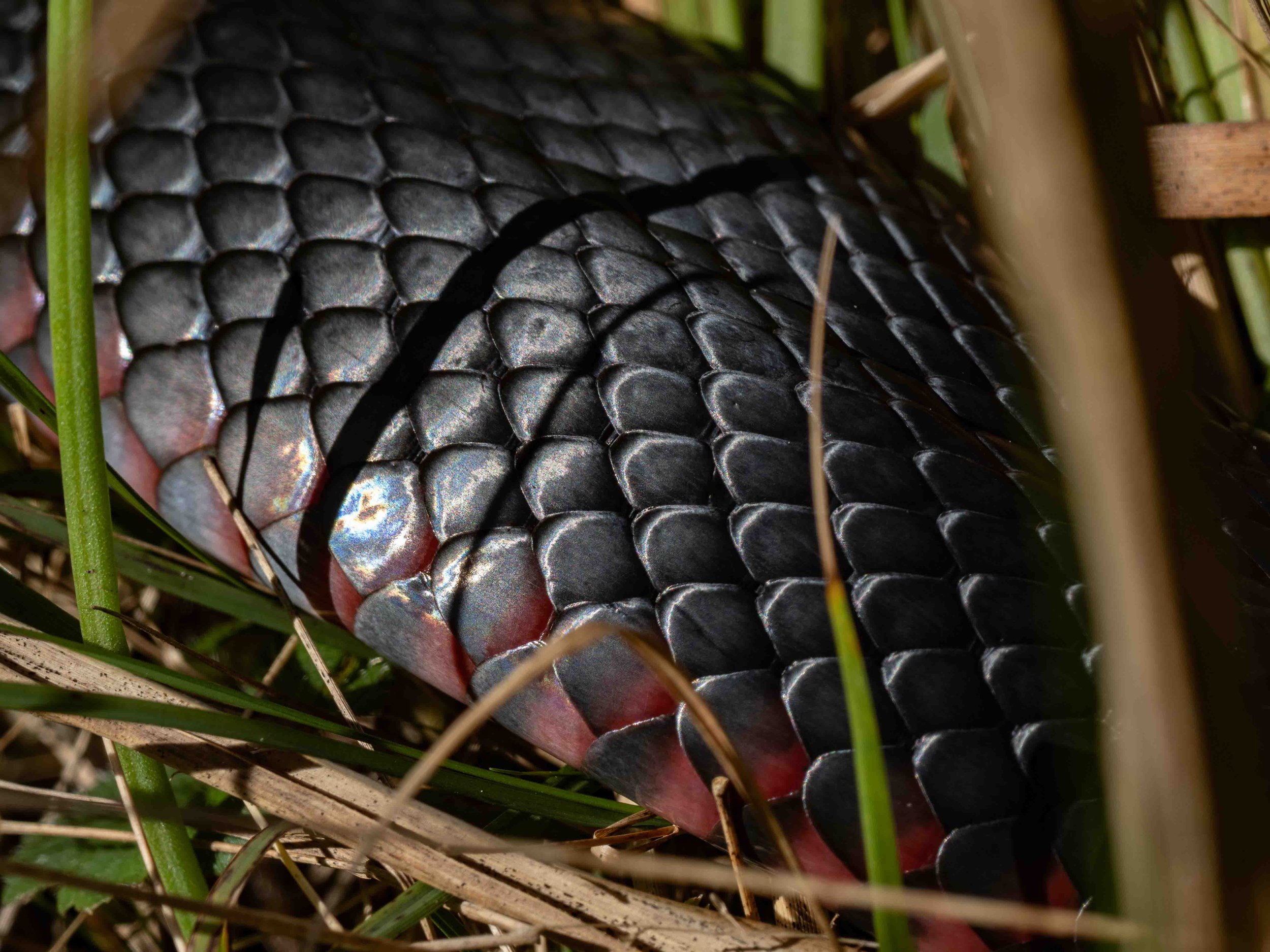
Red-bellied Black Snake
Identification of this species is child's play.
Pseudechis porphyriacus (link to iNaturalist record)

insect attack
The beautiful but deadly leaves of the sundew. The delicate pink flowers began to appear at the end of August.
Drosera auriculata
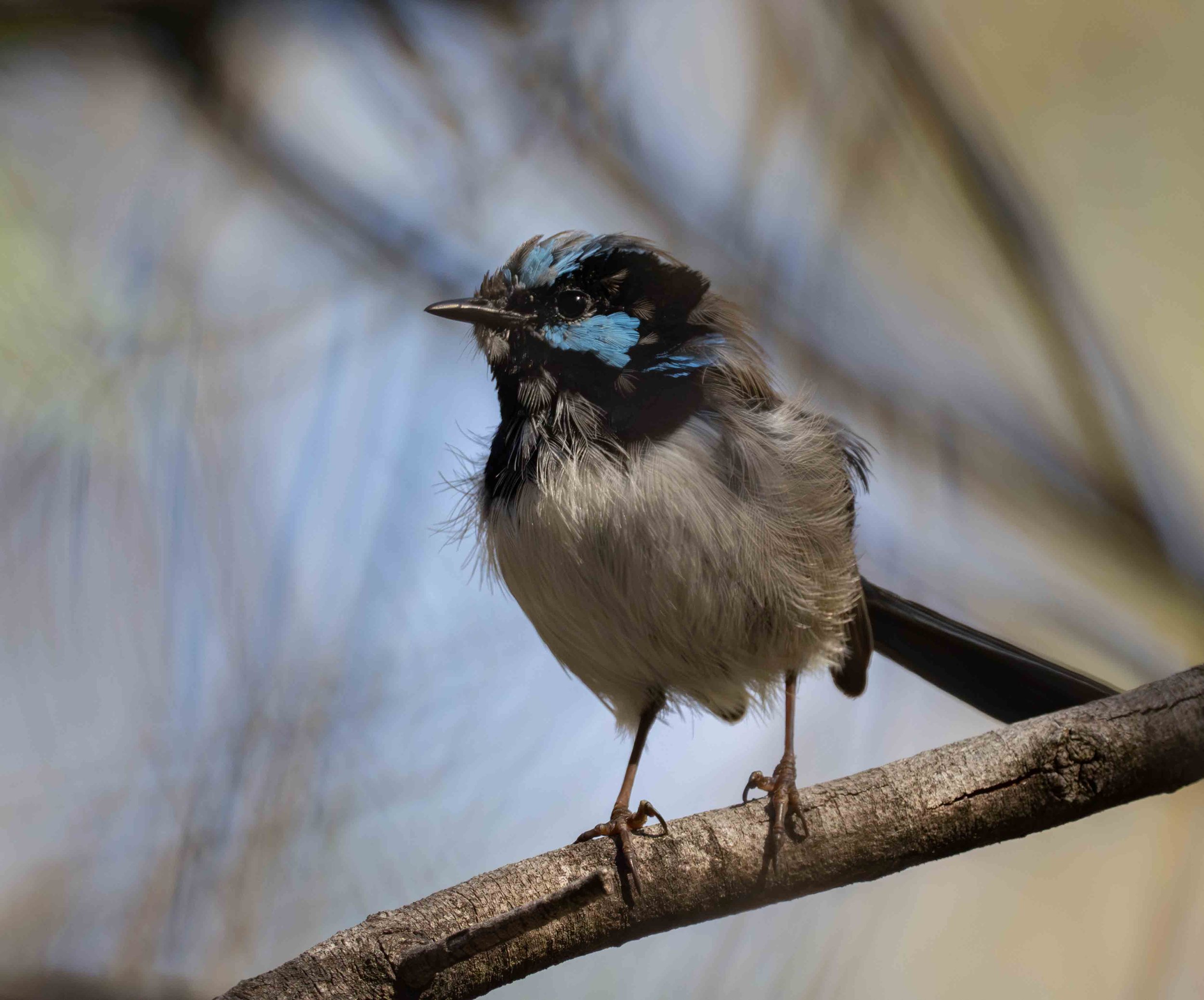
changing plumage
Sporting the first signs of his breeding plumage, this male fairywren (Malurus cyaneus) was looking just a little bit tattered. Now, less than 3 weeks on, he and his fellow males are fully feathered, gorgeous ... and extremely vocal.
Superb Fairywren (link to iNaturalist record)

a special crabronid
We discovered this little-known species nesting here a couple of years ago. Having studied them in detail, we are currently preparing a paper for a scientific journal ... as nothing has previously been published about their breeding biology. In the meantime we keep a close watch on their comings and goings. This appearance of a female, digging her burrow in the same patch of bare ground as in previous years, was therefore cause for celebration. By me, anyway. It is also added incentive to get on with that paper!
Rhopalum coriolum

a second round nectar bar
Although the very first flowers of Leucopogon affinis opened in early August, their flowering is generally later than for Styphelia ericoides, peaking well into September. The bushes are just as showy, the flowers a little larger. And the nectar-feeding insects readily shift their foraging to the new nectar source.
Leucopogon affinis








